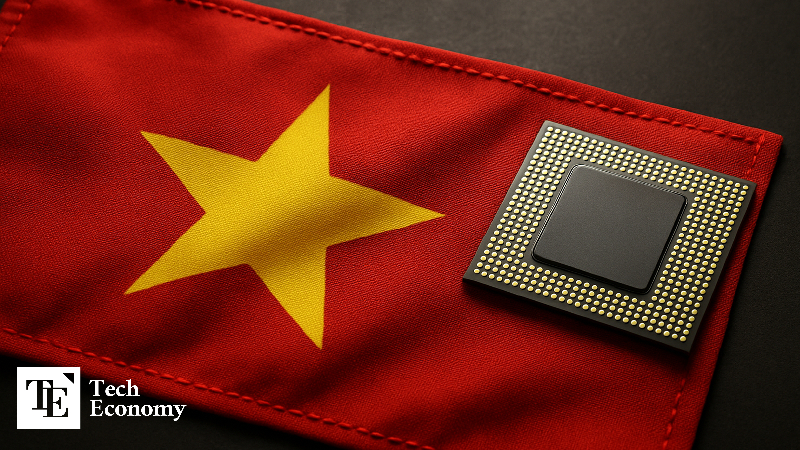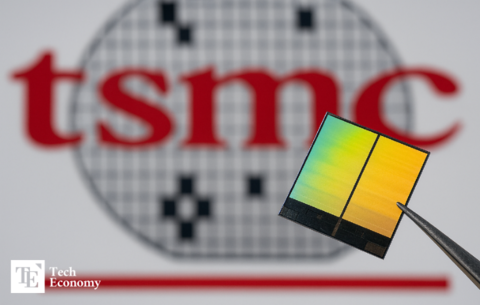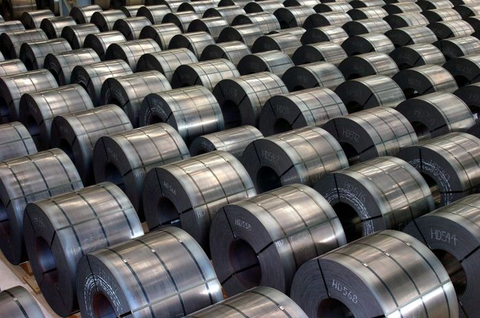"U.S.–China Trade War Turns into an Opportunity": Vietnam Strengthens Semiconductor Competitiveness
Input
Modified
Vietnam expands its influence in the global semiconductor supply chain Government support fuels rapid growth in related industries Asia emerges as a core hub for the semiconductor sector

As the U.S.–China trade conflict escalates, Vietnam is emerging as a new key hub in the global semiconductor market. The Trump administration’s imposition of steep tariffs on China has triggered a broad realignment of the semiconductor supply chain. Alongside Vietnam, countries such as Malaysia, Singapore, and India are increasingly absorbing “China-plus-one” demand from global chipmakers, steadily expanding their presence in the industry.
Vietnam’s ‘Semiconductor Surge’
According to a recent report by the global nonprofit tech outlet Rest of World on August 8, orders for Vietnamese semiconductor component manufacturers have soared following President Trump’s tariff policies. The U.S. has not only imposed steep tariffs on China but has also tightened transshipment tariffs to block rerouted exports, driving global companies to shift their supply chains toward Southeast Asia. Bert Arucan, CEO of Fab-9—a printed circuit board specialist founded in Silicon Valley in 2003 by Vietnamese engineers—said, “Just one week after President Trump threatened to raise tariffs on China by 145% last April, our orders jumped by 20%.”
Vietnamese semiconductor companies are seizing the opportunity created by this surge in Southeast Asian demand to accelerate expansion. FPT, Vietnam’s largest IT company, is building a plant near Hanoi for semiconductor testing—part of the back-end manufacturing process—while the state-owned telecom giant Viettel is preparing to launch Vietnam’s first semiconductor foundry.
Global semiconductor heavyweights are also turning their attention to Vietnam. U.S.-based NVIDIA, the leader in AI chips, visited Vietnam last year and agreed with Prime Minister Phạm Minh Chính to establish an AI R&D center in the country. Mobile chip giant Qualcomm opened an AI R&D center in Hanoi this June. Intel, which built a packaging and testing facility in Ho Chi Minh City in 2010, has recorded cumulative exports of $96.2 billion—accounting for about 60% of the Saigon Hi-Tech Park’s total exports and roughly 25% of Ho Chi Minh City’s overall exports during the period. Samsung Electronics also plans to set up a packaging line at its Vietnam site within the year.
Vietnamese Government’s Strong Push for Semiconductor Growth
One of the driving forces behind Vietnam’s rapid rise in the semiconductor sector is the government’s robust support. In May, Bac Ninh—one of the country’s key industrial provinces—announced its “2045 Vision: Semiconductor Industry Development Plan for 2025–2030,” underscoring the national commitment to nurturing the industry. The plan aims to attract foreign direct investment (FDI) from major semiconductor companies, create IT-focused industrial zones, offer low-interest loans for semiconductor startups, establish an innovation fund for domestic companies, and provide land lease subsidies for semiconductor manufacturing facilities.
Support is also coming from the central government. Prime Minister Phạm Minh Chính, at the second meeting of the National Steering Committee on Semiconductor Industry Development in Hanoi, laid out a nationwide strategy to build an independent supply chain for designing, manufacturing, and testing core semiconductor chips no later than 2027. He instructed all ministries to prioritize completing their assigned tasks under the “Strategy for Semiconductor Industry Development and Human Resources Training by 2030,” which includes 38 projects across 10 ministries. Of these, 10 have been completed, 24 are ongoing, and 4 have yet to start.
Key ongoing projects involve special chip development, electronics manufacturing, talent recruitment, and attracting FDI into the semiconductor sector. According to Vietnam’s Ministry of Industry and Trade, the country has so far attracted $11.6 billion in FDI for semiconductors and advanced technologies. Around 50 foreign companies and more than 10 domestic firms are engaged in chip design, while 14 foreign companies and 1 domestic firm operate in packaging and testing, and 15 foreign companies participate in support industries.

Surging Semiconductor Investment in Asia
Beyond Vietnam, several other Asian countries are emerging as major players in the global semiconductor market. Malaysia, often dubbed the “Silicon Valley of ASEAN”, has become the world’s sixth-largest semiconductor exporter, accounting for over 13% of the global back-end processing market. Semiconductors now make up roughly 40% of Malaysia’s exports. Global industry giants have long viewed the country as a key link in the semiconductor supply chain. Intel is currently building its first overseas 3D packaging plant in Penang, while Infineon, Texas Instruments, and others are committing billions of dollars in fresh investments.
Singapore, a city-state where the semiconductor industry contributes about 8% of GDP, has built wafer fabrication and equipment manufacturing clusters in areas such as Tampines, Pasir Ris, and Woodlands. Global players including Applied Materials, UMC, and VIS operate there, drawn by incentives like up to 15 years of corporate tax exemptions for facilities producing chips smaller than 28 nanometers. In addition to fabrication, Singapore is a major hub for semiconductor equipment production, holding about a 20% share of the global market.
India is going beyond assembly to position itself as a “second Silicon Valley”, leveraging its massive domestic market of 1.4 billion people and abundant STEM talent. Through its $10 billion India Semiconductor Mission (ISM), the government is offering generous incentives to attract global investment. Micron has signed an MoU with the state of Gujarat to build a semiconductor plant, and TSMC is exploring local manufacturing with government support. Samsung Electronics is expanding its Noida smartphone plant to produce export-bound units for the U.S., while SK Hynix executives have visited to assess investment opportunities and potential collaborations.





















